Hypopressive exercises are great for toning the abdominal muscles and are especially suitable for people who suffer from back pain. Since these exercises do not require spinal movement, they can even be performed by people with herniated discs.
The hypopressive exercise produces the direct activation of the transverse abdominal muscle, which allows strengthening the abdominal girdle and stabilizing the spine
How to do hypopressive exercises at home:
- Breathe in normally and releasing the air completely, until the abdomen begins to contract on its own;
- ‘Shrink’ your abdomen by sucking the abdominal muscles inwards towards the spine;
- Keep this contraction for 10 to 20 seconds initially and, over time, gradually increase the contraction time. Hold this for as long as possible without breathing;
- Fill your lungs with air and relax completely, returning to your normal breathing.
Exercise 1: Lying Down
Exercise 2: Sitting
Exercise 3: Leaning Forward
Exercise 4: Kneeling on the floor
Whenever you do a series of hypopressives you should vary the positions because it is normal for a person to be able to maintain the contraction for longer in one position than in another. The best way to know which position you can hold the contraction for longer is to test each of them.
Cautions while doing hypopressive exercises. The most important precautions to take when performing hypopressive breathing are:
- Do not do these exercises after eating;
- Always contract the pelvic muscles when shrinking the belly to it’s maximum point;
- Do these exercises 3 to 5 times a week;
- Start the exercise program lightly, with few contractions and increase the number of contractions gradually, respecting the limits of your body.
Those who practice these exercises regularly may notice benefits in 4 weeks.
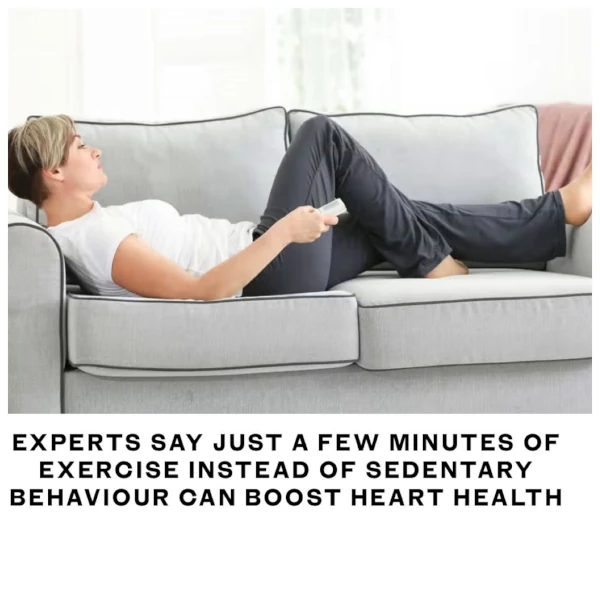
Few minutes of exercise
Experts say just a few minutes of exercise instead of sedentary behaviour can boost heart health Any activity – even sleeping or standing – is better for your heart than sitting down, research suggests. New evidence reinforces why sedentary behaviour is a killer and...
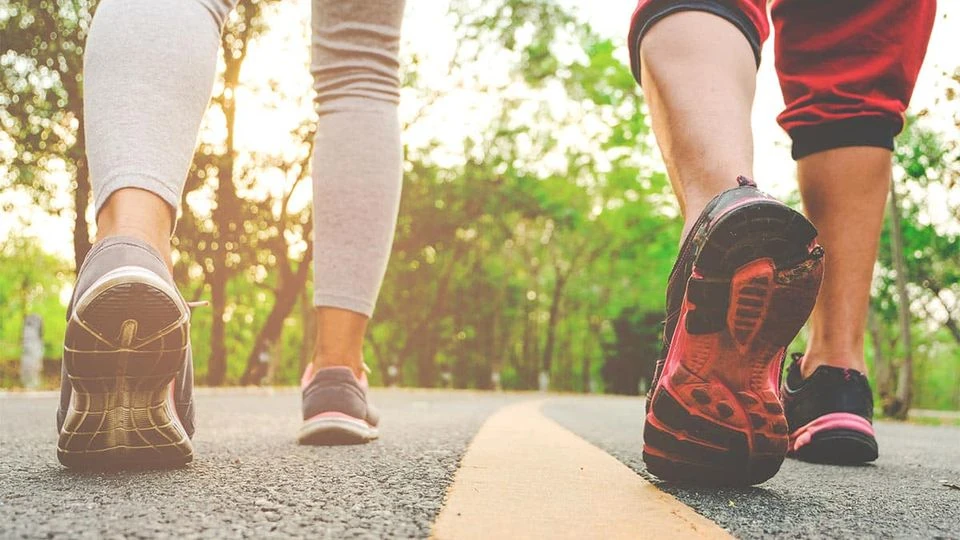
Benefits of walking after eating
Benefits of walking after eating Walking is a low-impact exercise that's easy on your joints and can be done just about anywhere. But, did you know there are specific benefits of walking after eating? Here are five benefits of walking after eating. Some of them may...
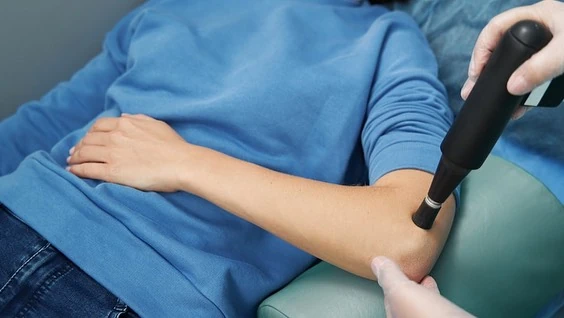
Shockwave Therapy
Shockwave Therapy Shockwave Therapy is a treatment modality for a variety of lower and upper limb conditions. These include: Tennis elbow; Golfer’s elbow; Greater trochanteric pain syndrome; Proximal hamstring tendinopathy; Patella tendinopathy; Insertional Achilles...
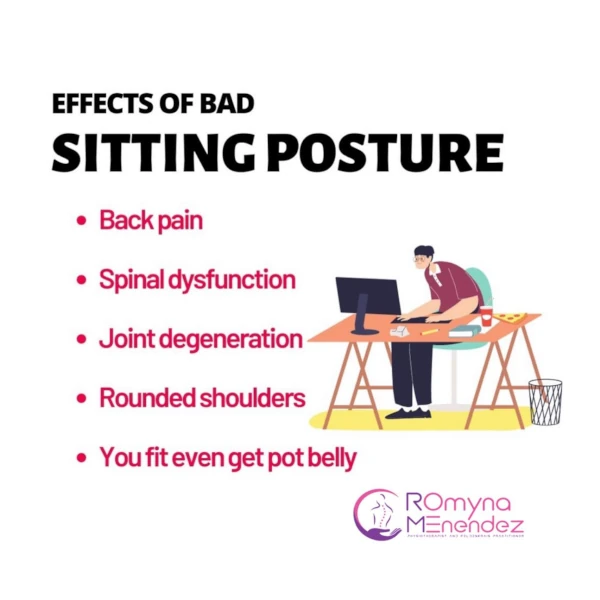
Improve your posture with physiotherapy
Improve your posture with physiotherapy Physiotherapy is a proven treatment to improve posture. Physiotherapists will use a combination of hands on treatment, stretches, and physiotherapy exercises to help correct poor posture and re-balance the body. About Me My name...
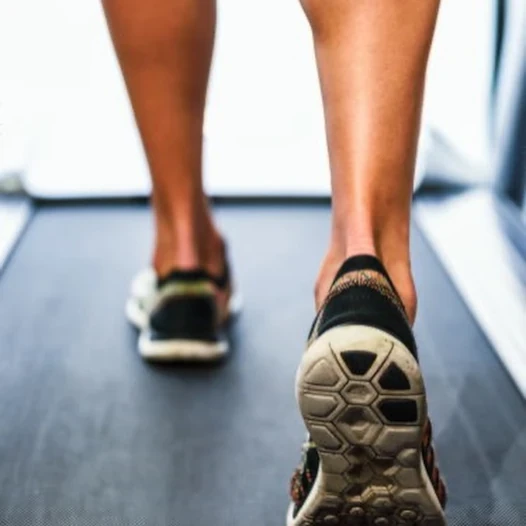
Walking backwards is good
Walking backwards Walking is more complicated than many of us realize. Remaining upright requires coordination between our visual and proprioceptive (awareness of where our bodies are in space) systems. When we walk backwards, it takes longer for our brains to process...

What is Fascia?
Fascia: what is it, how do you train it, and why bother? If you’ve dealt with stiffness and pain in the recent past, you may have come across fascia training — an approach that many in the fitness are encouraging people to do. That means working to improve the health...

World Physiotherapy Day
World Physiotherapy Day In 1996, 8 September was designated as World PT Day. This is the date World Physiotherapy was founded in 1951. The day marks the unity and solidarity of the global physiotherapy community. It is an opportunity to recognise the work that...
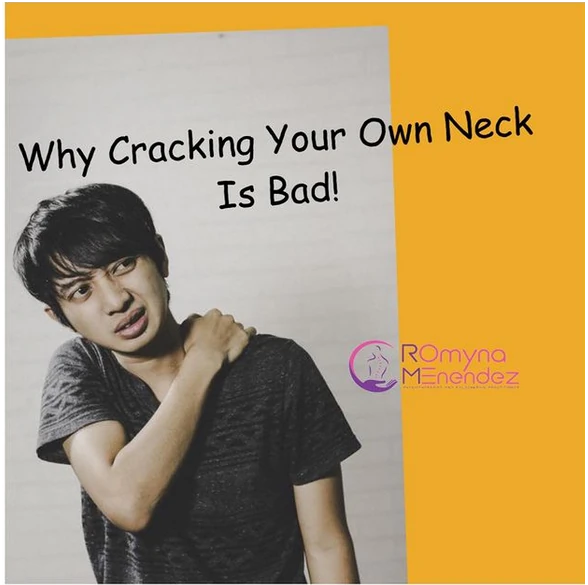
Why cracking your own neck is bad!
Why cracking your own neck is bad! We’ve all seen people “crack” their necks to try to relieve pain or stiffness. When you crack your neck, the action releases gas or fluid from the joints surrounding the neck. The cracking, usually makes you feel better temporarily....

TMJ Dysfunction
What is TMJ dysfunction? TMJ dysfunction is inflammation of the TMJ, which connects the jaw to the skull. This can cause pain and reduced function. The TMJ is a complex joint and can be affected by several problems: Cross bite; Posture; Stress/nervous habits;...
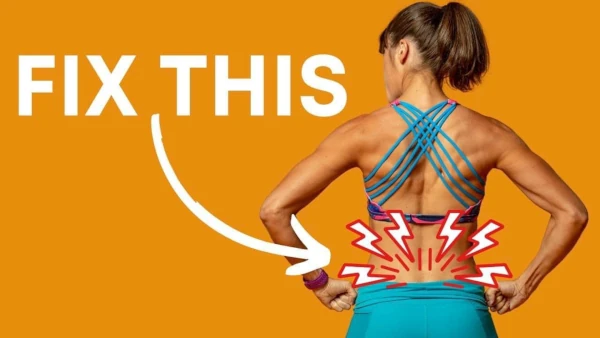
Treating Acute Back Pain
Most cases of acute back pain can be treated using self-help techniques: Medication Sitting Good posture; Back pain supplements; Driving Good posture; Compression packs; Remember, your spine likes movement. Try and change position every 20 – 30 minutes! There is no...
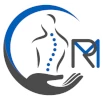


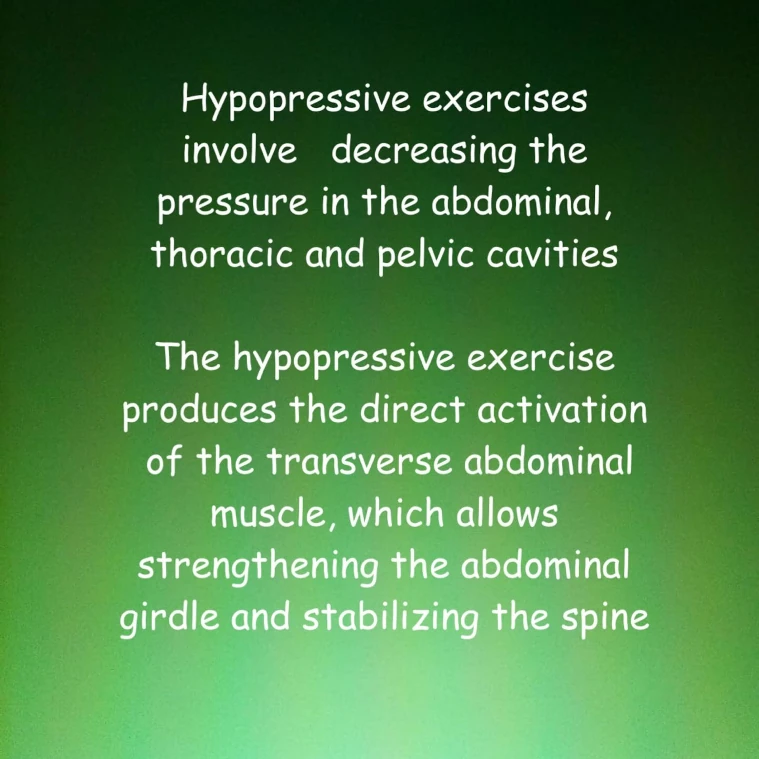
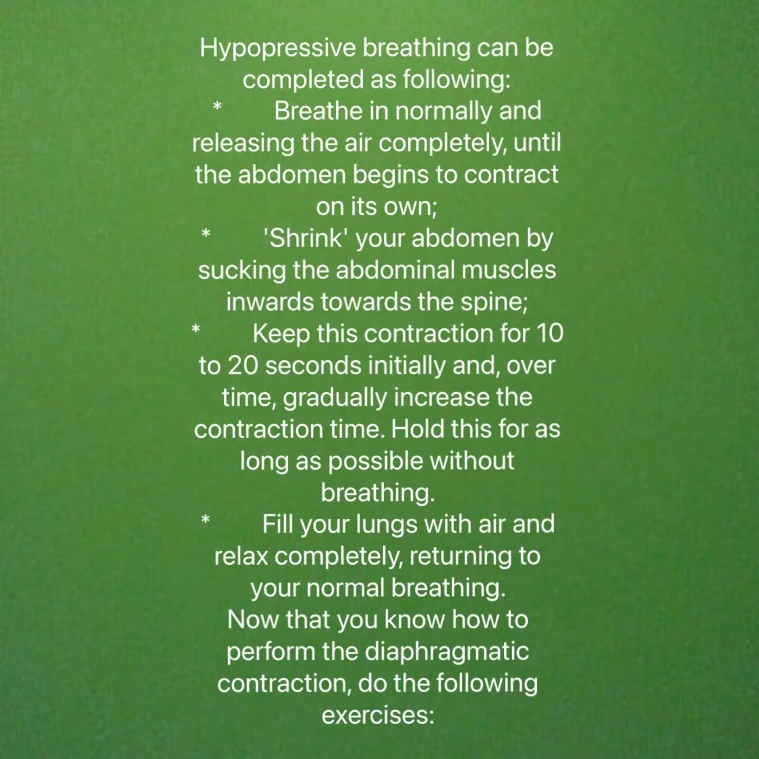
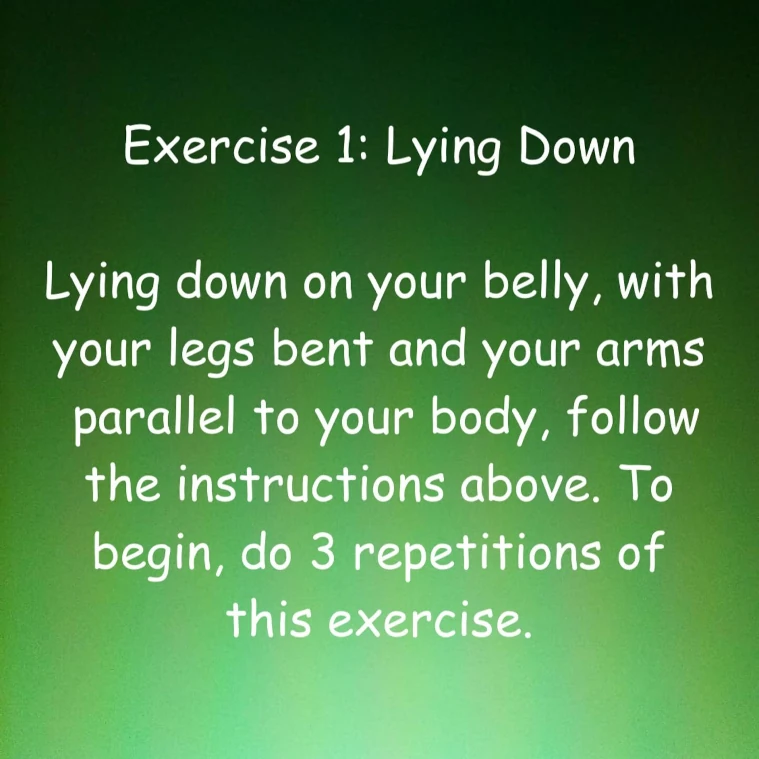
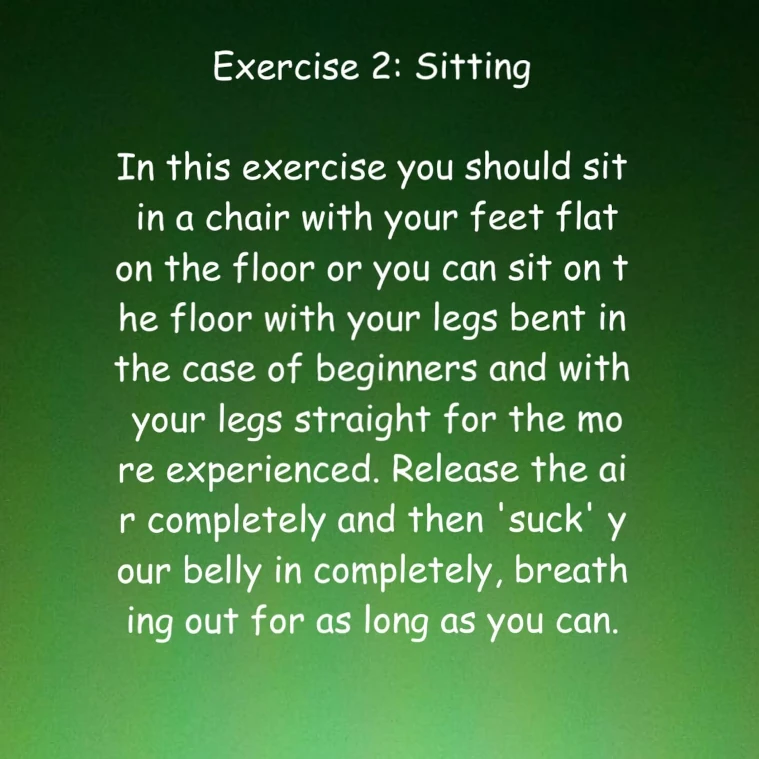
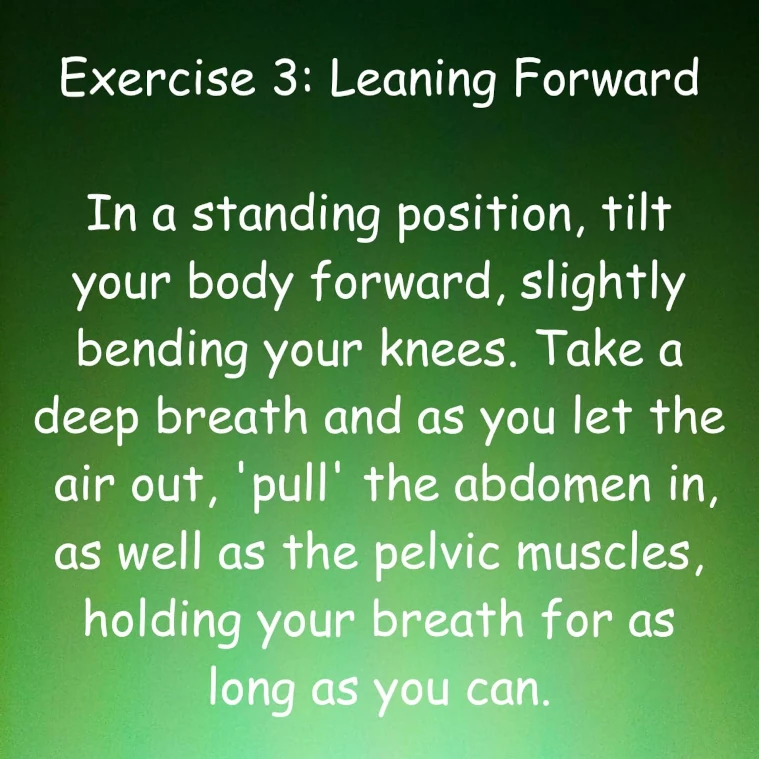
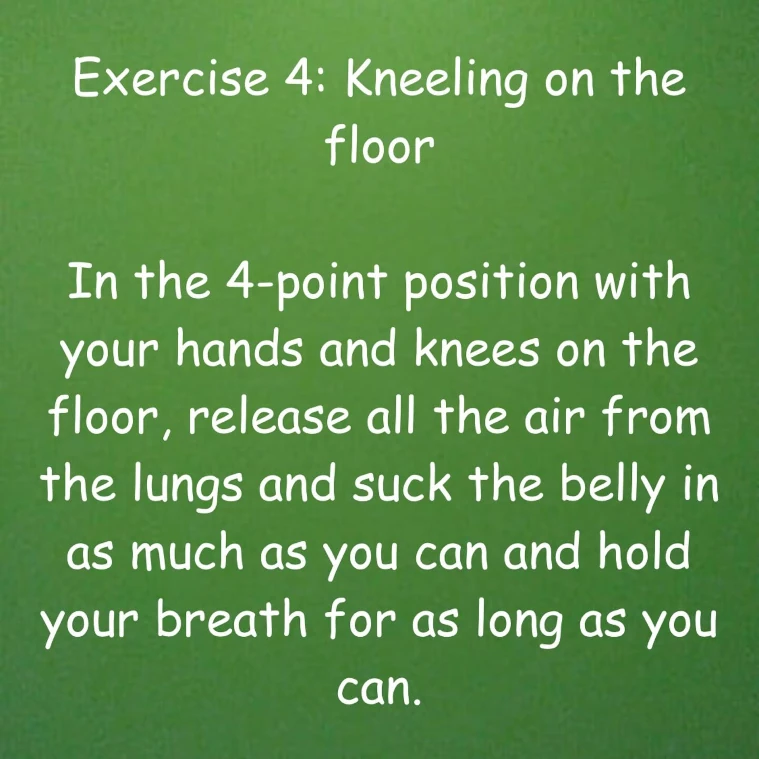
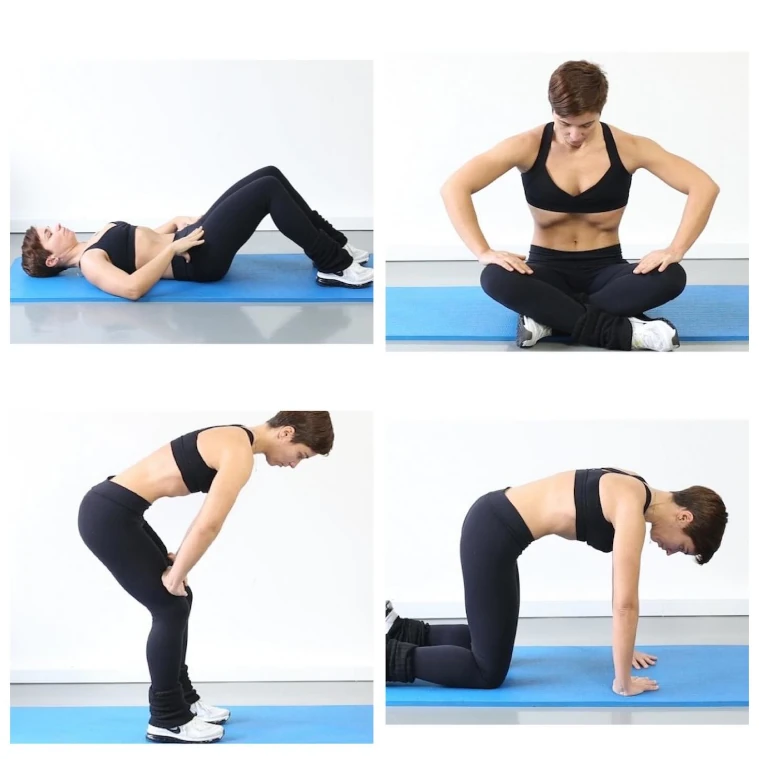

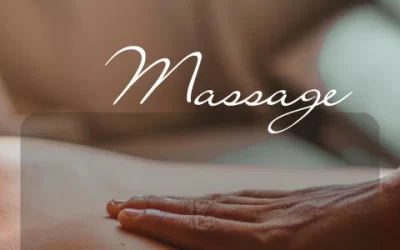
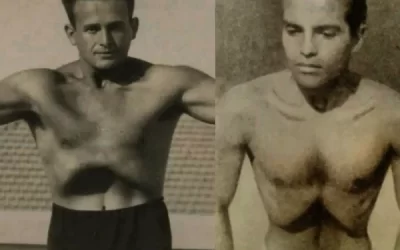
0 Comments